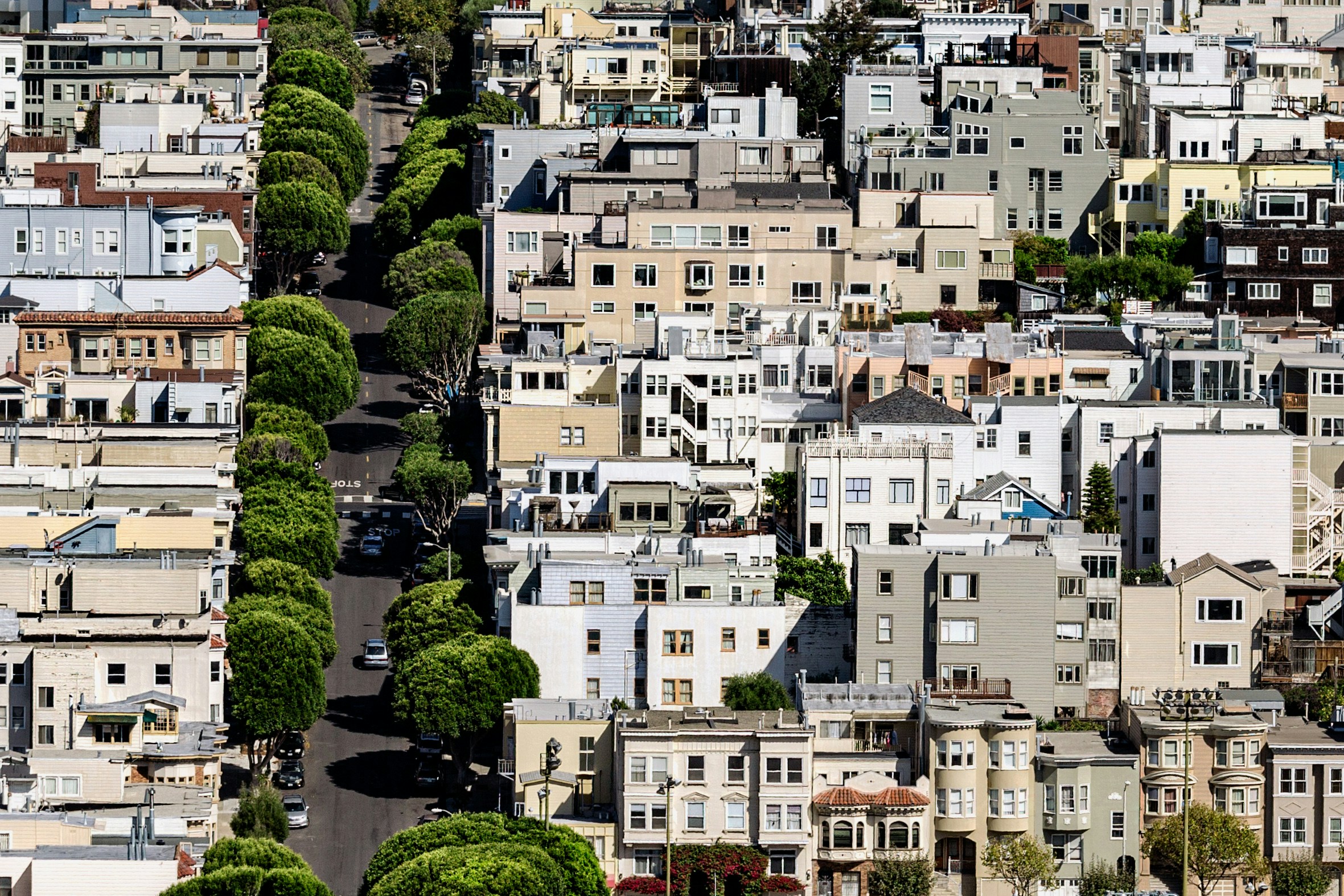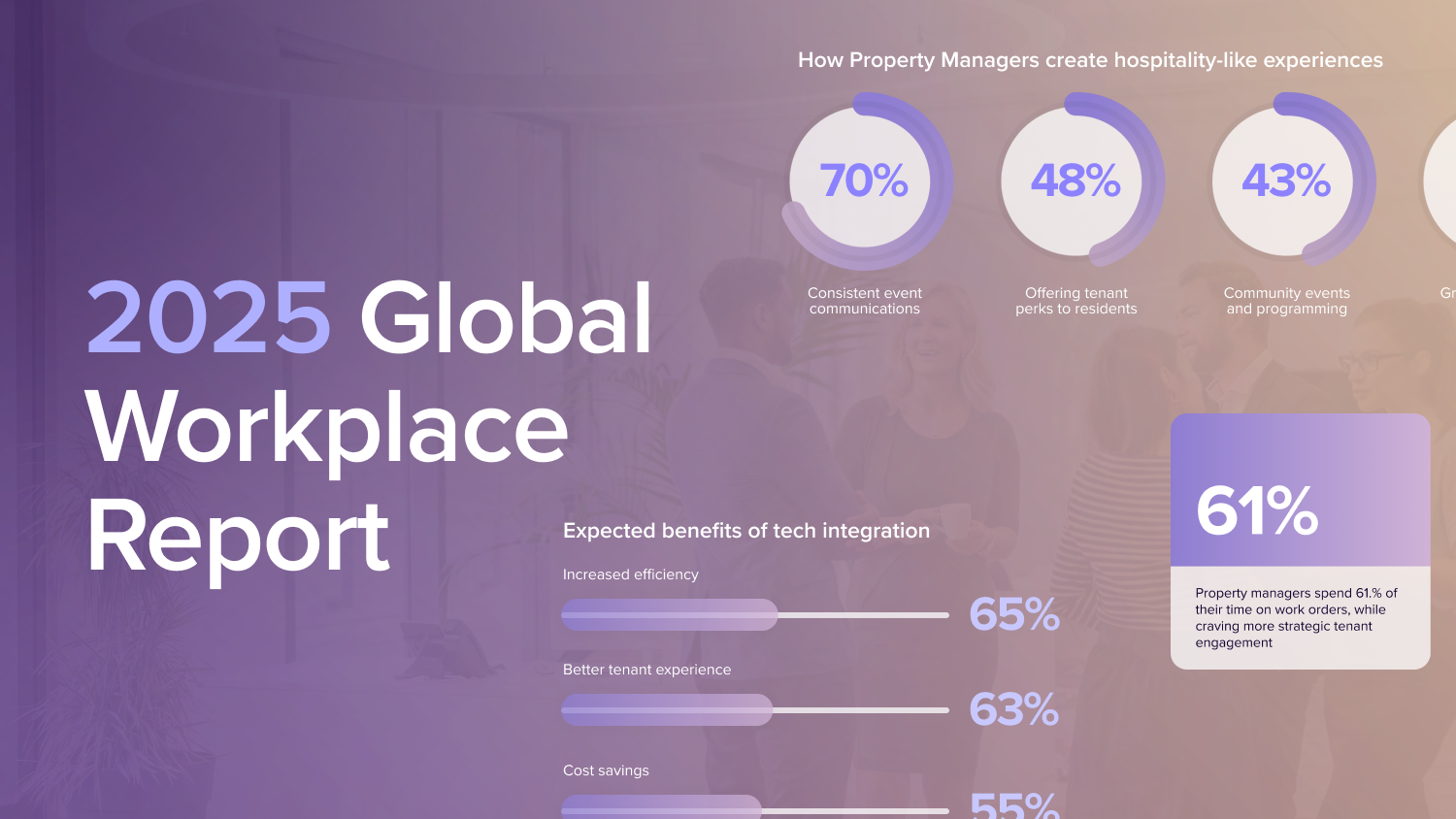The story of San Francisco's retail environment in the post-pandemic era has leaned grim, with much discussion about an 'urban doom loop' and significant business closures in key areas such as Union Square and the Civic Center. The discourse dialed in on weaker return-to-office and concerns over urban crime. However, in the background of this, parts of San Francisco have seen retail thrive in more residential and traditionally less significant retail corridors.
Is there more to the retail story in San Francisco than the headlines?
The Challenges
Like much of California, San Francisco experienced a notable population decrease during the Covid-19 pandemic, exacerbated by heightened work-from-home rates and increasing concerns about downtown crime. The pandemic era saw a significant exodus to regions with lower living costs, leaving the city's center in a precarious position.
San Francisco's WFH rates are above the national average, contributing to reduced weekday mass-transit ridership that still stands at a fraction of pre-pandemic volume. This reduced foot traffic from office workers and commuters has taken a toll on downtown retail, with store closures in the San Francisco Centre and the notable departure of Nordstrom and Macy’s from Union Square.
Closures, work-from-home, and concerns around crime have painted a picture of downtown in crisis, with retail taking center stage.
Signs of Resilience and Growth
Contrary to the doom and gloom narrative, the retail story in San Francisco is not as bleak as it may initially seem. Since 2021, the city has experienced population growth, leading the state of California in this regard, trailing only behind three rural counties. This resurgence is shown in the VTS Office Demand Index, which indicates a rebound in office demand and, consequently, an increase in downtown foot traffic.
Moreover, niche high-end retailers have begun setting up in affluent residential areas, signaling a shift in where and how San Franciscans shop. District 5, encompassing Japantown, Hayes Valley, and Haight-Ashbury, has reported increases in tax revenues and year-over-year store sales, reflecting growth in the sector outside of the downtown core.
However, this trend is not limited to residential districts; Union Square has seen new openings and expansions by luxury brands such as BVLGARI, Chanel, Yves Saint Laurent, and Van Cleef, mirroring luxury retail trends in New York City and Chicago. Furthermore, the introduction of flagship stores by Banana Republic and new ventures by Ikea hint at a diversified and rejuvenated retail landscape downtown.
The city's "Vacant to Vibrant" program is shaping up to play a pivotal role in this revival, supporting the establishment of pop-up stores downtown with over 850 applicants to the program, with new openings coming just months after launch. This initiative not only makes use of empty storefronts but also injects fresh energy and variety into San Francisco's retail scene.
As San Francisco continues recovering from the pandemic's impacts, its retail landscape shows promising signs of resurgence. The city's ability to adapt, leveraging its affluent residential neighborhoods and the steady return of office workers downtown, indicates a multifaceted retail recovery.
While challenges remain, particularly in ensuring downtown areas remain attractive to businesses and consumers, the current trends suggest a dynamic and evolving retail sector. The future of retail in San Francisco appears promising.
Looking for more? Read about trends shaping urban and suburban retail hubs across the country.






